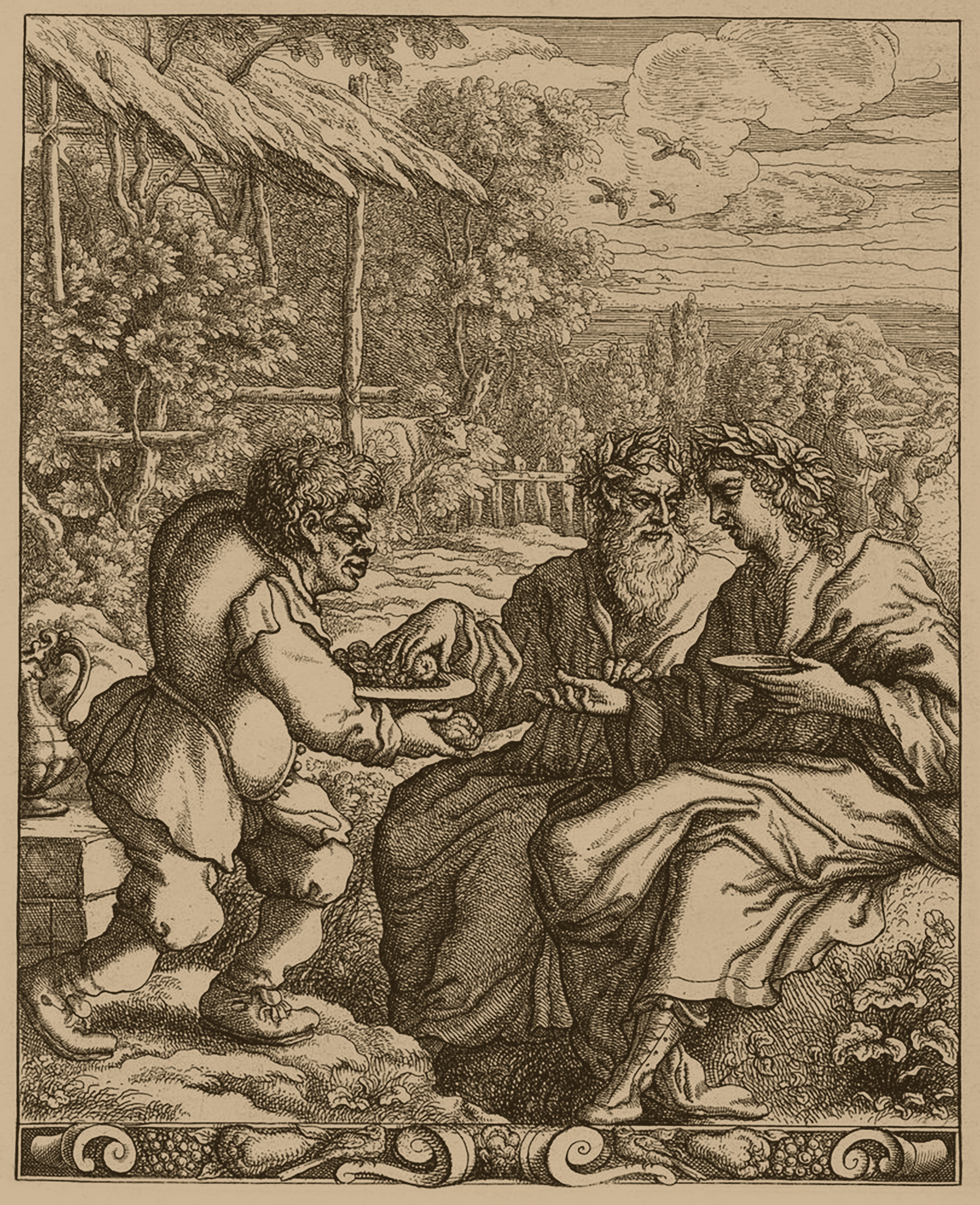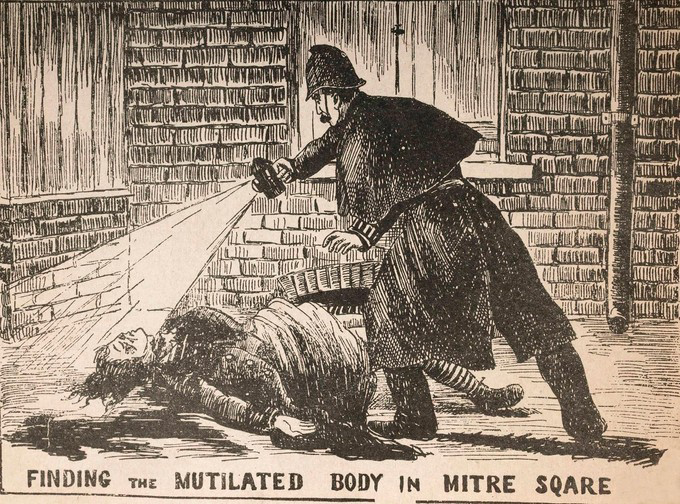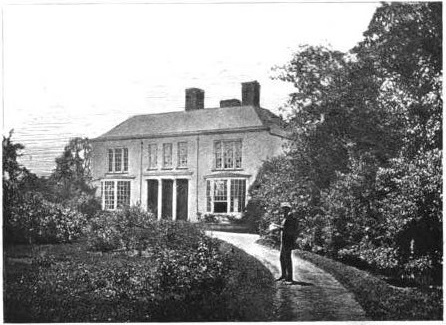|
Moral
A moral (from Latin ''morālis'') is a message that is conveyed or a lesson to be learned from a story or event. The moral may be left to the hearer, reader, or viewer to determine for themselves, or may be explicitly encapsulated in a maxim. A moral is a lesson in a story or real life. Finding morals As an example of an explicit maxim, at the end of Aesop's fable of the Tortoise and the Hare, in which the plodding and determined tortoise won a race against the much-faster yet extremely arrogant hare, the stated moral is "slow and steady wins the race". However, other morals can often be taken from the story itself; for instance, that arrogance or overconfidence in one's abilities may lead to failure or the loss of an event, race, or contest. The use of stock characters is a means of conveying the moral of the story by eliminating the complexity of personality and depicting the issues arising in the interplay between the characters, enabling the writer to generate a clear m ... [...More Info...] [...Related Items...] OR: [Wikipedia] [Google] [Baidu] [Amazon] |
Morality Play
The morality play is a genre of medieval and early Tudor drama. The term is used by scholars of literary and dramatic history to refer to a genre of play texts from the fourteenth through sixteenth centuries that feature personified concepts (most often virtues and vices, but sometimes practices or habits) alongside angels and demons, who are engaged in a struggle to persuade a protagonist who represents a generic human character toward either good or evil. The common story arc of these plays follows "the temptation, fall and redemption of the protagonist".King, Pamela M. "Morality Plays." In ''The Cambridge Companion to Medieval English Theatre'', edited by Richard Beadle and Alan J. Fletcher. 2nd ed. Cambridge University Press, Cambridge, 2008: 235-262, at 235. English morality plays Hildegard von Bingen's '' Ordo Virtutum'' (English: "Order of the Virtues"), composed c. 1151 in Germany, is the earliest known morality play by more than a century, and it is the only medie ... [...More Info...] [...Related Items...] OR: [Wikipedia] [Google] [Baidu] [Amazon] |
Aesop's Fables
Aesop's Fables, or the Aesopica, is a collection of fables credited to Aesop, a Slavery in ancient Greece, slave and storyteller who lived in ancient Greece between 620 and 564 Before the Common Era, BCE. Of varied and unclear origins, the stories associated with his name have descended to modern times through a number of sources and continue to be reinterpreted in different verbal Register (sociolinguistics), registers and in popular as well as artistic media. The fables were part of oral tradition and were not collected until about three centuries after Aesop's death. By that time, a variety of other stories, jokes and proverbs were being ascribed to him, although some of that material was from sources earlier than him or came from beyond the Greek cultural sphere. The process of inclusion has continued until the present, with some of the fables unrecorded before the Late Middle Ages and others arriving from outside Europe. The process is continuous and new stories are still b ... [...More Info...] [...Related Items...] OR: [Wikipedia] [Google] [Baidu] [Amazon] |
Jean-Jacques Rousseau
Jean-Jacques Rousseau (, ; ; 28 June 1712 – 2 July 1778) was a Republic of Geneva, Genevan philosopher (''philosophes, philosophe''), writer, and composer. His political philosophy influenced the progress of the Age of Enlightenment throughout Europe, as well as aspects of the French Revolution and the development of modern political, economic, and educational thought. His ''Discourse on Inequality'', which argues that private property is the source of inequality, and ''The Social Contract'', which outlines the basis for a legitimate political order, are cornerstones in modern political and social thought. Rousseau's sentimental novel ''Julie, or the New Heloise'' (1761) was important to the development of preromanticism and romanticism in fiction. His ''Emile, or On Education'' (1762) is an educational treatise on the place of the individual in society. Rousseau's autobiographical writings—the posthumously published ''Confessions (Rousseau), Confessions'' (completed in 17 ... [...More Info...] [...Related Items...] OR: [Wikipedia] [Google] [Baidu] [Amazon] |
Victorian Morality
Victorian morality is a distillation of the moral views of the middle class in 19th-century Britain, the Victorian era. Victorian values emerged in all social classes and reached all facets of Victorian living. The values of the period—which can be classed as religion, morality, Evangelicalism, industrial work ethic, and personal improvement—took root in Victorian morality. Contemporary plays and all literature—including old classics, like William Shakespeare's works—were cleansed of content considered to be inappropriate for children, or " bowdlerized". Historians have generally come to regard the Victorian era as a time of many conflicts, such as the widespread cultivation of an outward appearance of dignity and restraint, together with serious debates about exactly how the new morality should be implemented. The international slave trade was abolished, and this ban was enforced by the Royal Navy. Slavery was ended in all the British colonies, child labour was ended ... [...More Info...] [...Related Items...] OR: [Wikipedia] [Google] [Baidu] [Amazon] |
Maria Edgeworth
Maria Edgeworth (1 January 1768 – 22 May 1849) was a prolific Anglo-Irish novelist of adults' and children's literature. She was one of the first realist writers in children's literature and a significant figure in the evolution of the novel in Europe. She held critical views on estate management, politics, and education, and corresponded with some of the leading literary and economic writers, including Sir Walter Scott and David Ricardo. During the first decade of the 19th century she was one of the most widely read novelists in Britain and Ireland. Her name today is most commonly associated with ''Castle Rackrent'', her first novel, in which she adopted an Irish Catholics, Irish Catholic voice to narrate the dissipation and decline of a family from her own landed Anglo-Irish people, Anglo-Irish class. Life Early life Maria Edgeworth was born in Black Bourton, Oxfordshire. She was the second child of Richard Lovell Edgeworth (who eventually fathered twenty-two surviving child ... [...More Info...] [...Related Items...] OR: [Wikipedia] [Google] [Baidu] [Amazon] |
Children's Literature
Children's literature or juvenile literature includes stories, books, magazines, and poems that are created for children. In addition to conventional literary genres, modern children's literature is classified by the intended age of the reader, ranging from picture books for the very young to young adult fiction for those nearing maturity. Children's literature can be traced to traditional stories like fairy tales, which have only been identified as children's literature since the eighteenth century, and songs, part of a wider oral tradition, which adults shared with children before publishing existed. The development of early children's literature, before printing was invented, is difficult to trace. Even after printing became widespread, many classic "children's" tales were originally created for adults and later adapted for a younger audience. Since the fifteenth century much literature has been aimed specifically at children, often with a moral or religious message. Childr ... [...More Info...] [...Related Items...] OR: [Wikipedia] [Google] [Baidu] [Amazon] |
Romeo And Juliet
''The Tragedy of Romeo and Juliet'', often shortened to ''Romeo and Juliet'', is a Shakespearean tragedy, tragedy written by William Shakespeare about the romance between two young Italians from feuding families. It was among Shakespeare's most popular plays during his lifetime and, along with ''Hamlet'', is one of his most frequently performed. Today, the Title character, title characters are regarded as Archetype, archetypal young lovers. ''Romeo and Juliet'' belongs to a tradition of tragic Romance (love), romances stretching back to Ancient history, antiquity. The plot is based on an Italian tale written by Matteo Bandello, translated into verse as ''The Tragical History of Romeus and Juliet'' by Arthur Brooke (poet), Arthur Brooke in 1562, and retold in prose in ''Palace of Pleasure'' by William Painter (author), William Painter in 1567. Shakespeare borrowed heavily from both but expanded the plot by developing a number of supporting characters, in particular Mercutio a ... [...More Info...] [...Related Items...] OR: [Wikipedia] [Google] [Baidu] [Amazon] |
Allegory
As a List of narrative techniques, literary device or artistic form, an allegory is a wikt:narrative, narrative or visual representation in which a character, place, or event can be interpreted to represent a meaning with moral or political significance. Authors have used allegory throughout history in all forms of art to illustrate or convey complex ideas and concepts in ways that are comprehensible or striking to its viewers, readers, or listeners. Writers and speakers typically use allegories to convey (semi-) hidden or complex meanings through symbolism (arts), symbolic figures, actions, imagery, or events, which together create the moral, spiritual, or political meaning the author wishes to convey. Many allegories use personification of abstract concepts. Etymology First attested in English in 1382, the word ''allegory'' comes from Latin ''allegoria'', the latinisation (literature), latinisation of the Greek language, Greek ἀλληγορία (''allegoría''), "veiled ... [...More Info...] [...Related Items...] OR: [Wikipedia] [Google] [Baidu] [Amazon] |
Charles Dickens
Charles John Huffam Dickens (; 7 February 1812 – 9 June 1870) was an English novelist, journalist, short story writer and Social criticism, social critic. He created some of literature's best-known fictional characters, and is regarded by many as the greatest novelist of the Victorian era.. His works enjoyed unprecedented popularity during his lifetime and, by the 20th century, critics and scholars had recognised him as a literary genius. His novels and short stories are widely read today. Born in Portsmouth, Dickens left school at age 12 to work in a boot-blacking factory when his father John Dickens, John was incarcerated in a debtors' prison. After three years, he returned to school before beginning his literary career as a journalist. Dickens edited a weekly journal for 20 years; wrote 15 novels, five novellas, hundreds of short stories and nonfiction articles; lectured and performed Penny reading, readings extensively; was a tireless letter writer; and campaigned vigor ... [...More Info...] [...Related Items...] OR: [Wikipedia] [Google] [Baidu] [Amazon] |
Narrative
A narrative, story, or tale is any account of a series of related events or experiences, whether non-fictional (memoir, biography, news report, documentary, travel literature, travelogue, etc.) or fictional (fairy tale, fable, legend, thriller (genre), thriller, novel, etc.). Narratives can be presented through a sequence of written or spoken words, through still or moving images, or through any combination of these. The word derives from the Latin verb ''narrare'' ("to tell"), which is derived from the adjective ''gnarus'' ("knowing or skilled"). Historically preceding the noun, the adjective "narrative" means "characterized by or relating to a story or storytelling". Narrative is expressed in all mediums of human creativity, art, and entertainment, including public speaking, speech, literature, theatre, dance, music and song, comics, journalism, animation, video (including film and television), video games, radio program, radio, game, structured and play (activity), unstructu ... [...More Info...] [...Related Items...] OR: [Wikipedia] [Google] [Baidu] [Amazon] |
The Tortoise And The Hare
"The Tortoise and the Hare" is one of Aesop's Fables and is numbered 226 in the Perry Index. The account of a race between unequal partners has attracted conflicting interpretations. The fable itself is a variant of a common folktale theme in which ingenuity and trickery (rather than doggedness) are employed to overcome a stronger opponent. An ambiguous story The story concerns a Hare who ridicules a slow-moving Tortoise. Tired of the Hare's arrogant behaviour, the Tortoise challenges him to a race. The hare soon leaves the tortoise behind and, confident of winning, takes a nap midway through the race. When the Hare awakes, however, he finds that his competitor, crawling slowly but steadily, has arrived before him. The later version of the story in La Fontaine's Fables (VI.10), while more long-winded, differs hardly at all from Aesop's. As in several other fables by Aesop, the lesson it is teaching appears ambiguous. In Classical times, it was not the Tortoise's plucky conduct ... [...More Info...] [...Related Items...] OR: [Wikipedia] [Google] [Baidu] [Amazon] |
Greek Chorus
A Greek chorus () in the context of ancient Greek tragedy, comedy, satyr plays, is a homogeneous group of performers, who comment with a collective voice on the action of the scene they appear in, or provide necessary insight into action which has taken place offstage. Historically, the chorus consisted of between 12 and 50 players, who variously danced, sang or spoke their lines in unison, and sometimes wore masks. The players used masks to change their emotions while they were performing. History A common theory for the origin of the Greek chorus stems from the ancient Greek poet Arion's invention of the tragedy, the stationary chorus, and satyrs' verses. In Aristotle's ''Poetics,'' he writes that " ragedy'sbeginnings, certainly, were in improvisation utoschediastikês as were also those for comedy, tragedy originating in impromptus by the leaders of dithyrambic choruses, and comedy in those of the leaders of the phallic performances which still remain customary in many ... [...More Info...] [...Related Items...] OR: [Wikipedia] [Google] [Baidu] [Amazon] |








